Less is less
Upfront or embodied carbon isn't just about buildings, it is about everything
Book titles and covers can be difficult for authors; it is usually the publisher's purview. In the case of my book to be released early next year, New Society Publishers wanted more information on the cover because they did not think the public would understand what I was talking about with my proposed title, “Carbon Upfront!” Some architects and engineers might understand that upfront carbon is a subset of embodied carbon, but few others do.
Lately, I have come to realize that they are right. My point in the book is that there are upfront carbon emissions from the making of everything, from your phone to your hamburger as well as from your building materials, and that the key to dealing with it is through sufficiency, or as my publisher put it, a life of just enough. Or, as engineer Will Arnold put it succinctly when talking about buildings, just use less stuff.
Arnold’s hierarchy of Net Zero Design doesn’t just apply to buildings. It applies to everything, from my phone to my jacket to my coffee cup. Do I need it? Can I fix or refurbish the one I have? If I do need one, what are the lowest carbon alternatives?
Just last week, Kelly Alvarez Doran did a terrific YouTube/ LinkedIn presentation that I stole my post title from, Less is Less, where he reinforces Arnold’s point about using less stuff. But note “less floor-area-per-person” on the list. It’s not just how we build, it’s how much. Alvarez Doran also has written about the need for “less complexity.” I laughed out loud at one point in the video when he describes North American houses as “basements with a wood frame on top” because it is true; we put so much concrete into creating a void that is often used for little more than storage. Except for less layering (I like layering in clothing!), all of these lessons apply to everything, not just buildings.
This is why I was so excited and honoured to have coffee with Will Arnold and Kelly Alvarez Doran in London a few weeks ago; they have both been influential and have a place in my new book. But the three of us are architects and engineers, and are usually talking about buildings; I am writing my book about a bigger picture.
I recently learned of Jane Shaw, who does what she calls ethical business marketing and wrote a brilliant blog post titled Climate change is the wrong problem. She says the problem is overconsumption.
She takes the silly listicle of things you can do to save the planet and distills it down to a single point. She’s right. She uses the example of the disposable coffee cup:
“The coffee shop owner who proudly buys expensive compostable coffee cups. A significant investment for a business that works on tight margins - but in his eyes it’s the right thing to do, so he’s prepared to take the hit.
Imagine his frustration at learning that the cups won’t compost in landfill. That, as waste, they’ll still sit there, simply part of a different pollution problem.
“What’s the point?” he exclaims with frustration.
Can we really be surprised if, next time he faces a similar issue, he simply doesn’t bother?”
I thought this to be an interesting example because the disposable coffee cup is one of the items I examined in detail in my book. Because it’s not just the cup, it’s the culture, the whole linear system. The question isn’t what the cup is made of; the question is the concept of the cup itself and what it has wrought- an entire system eliminating chairs and tables and real estate, outsourcing it all to our cars, which resists all attempts to go circular: as I note in my upcoming book:
The problem is that it is hard to bend a linear economy into a circle. It wants to stay linear. We have been trained through convenience and lack of alternatives to accept that the world is linear. Layla Acaroglu has written that this is all by design to get us to consume more.
“The systems of disposability permeating our lives are a product of economic incentives and the systems archetype of a race to the bottom, offering the cheapest price tag by the producer and the most convenient solution to the ‘consumer’, at the cost of the society and the planet. But whilst it may seem like cheaper products are better for the consumer, the net gain is always skewed towards the producer.”
Then there is the classic question of boundaries. It’s not just the coffee cup that is the problem at 110 grams of CO2; it’s the system. The average customer at the drive-thru window waited 4.4 minutes in 2018; it is probably longer now. According to Natural Resources Canada, 10 minutes of idling burns .25 litres of gasoline; 4.4 minutes burns .11 litres. Burning a litre of gasoline releases 2.3 kg of CO2, so the average idle time waiting for that cup of coffee releases 253 grams of CO2, well over twice what making the cup purportedly releases.
The cup, the cupholder in the SUV that’s big enough to be a mobile dining room, the need to always be sipping something, that’s the system, the culture of convenience. That’s why we have to change the culture, not the cup.
It’s hard to change when the problems are cultural. This is where the concept of sufficiency or enoughness comes into play; electric cars are great but electric bikes have a fraction of the upfront carbon and require a fraction of the operating energy. Passivhaus single-family houses are great, but multi-family is far better. Yet 80% of North Americans drive to single-family suburban houses, picking up a takeout coffee on the way. This is a cultural, not a technical, problem.
This is why my publisher is right about the cover. They caught the point of the whole book: a bit of Will Arnold’s “use less stuff.” Kelly Alvarez Doran’s “less is less.” Jane Shaw’s “reduce consumption.” And now, my “just enough.”

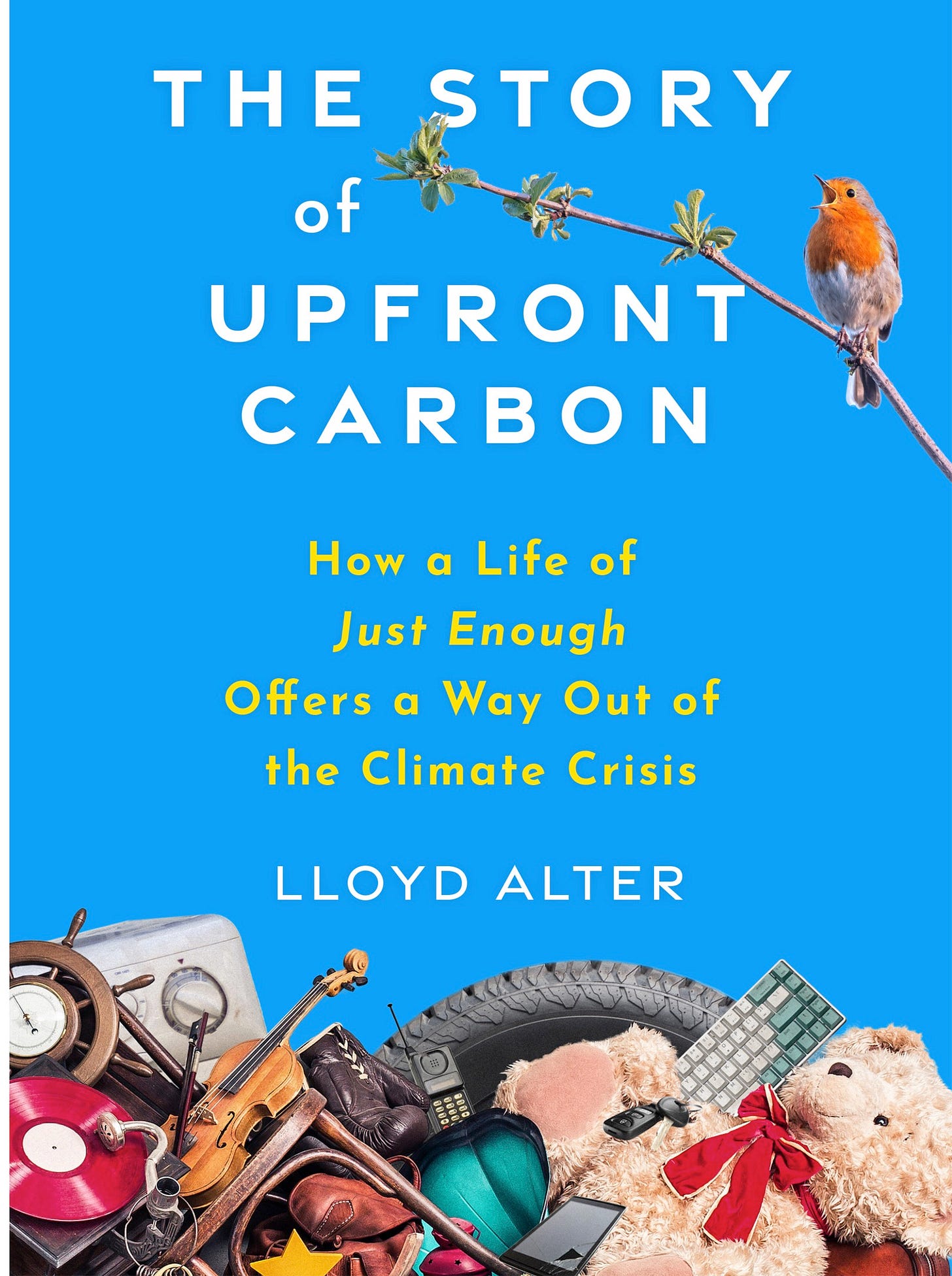
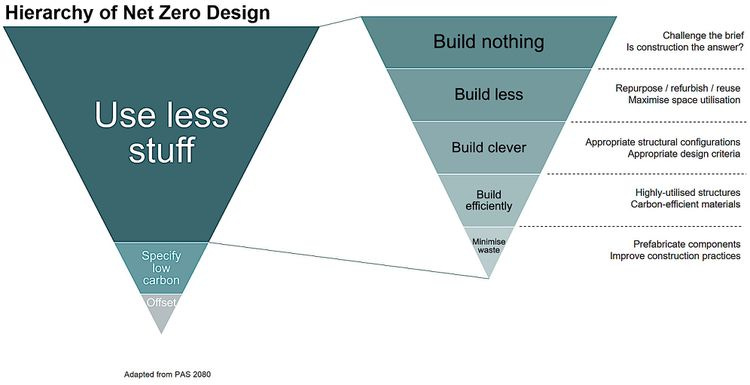
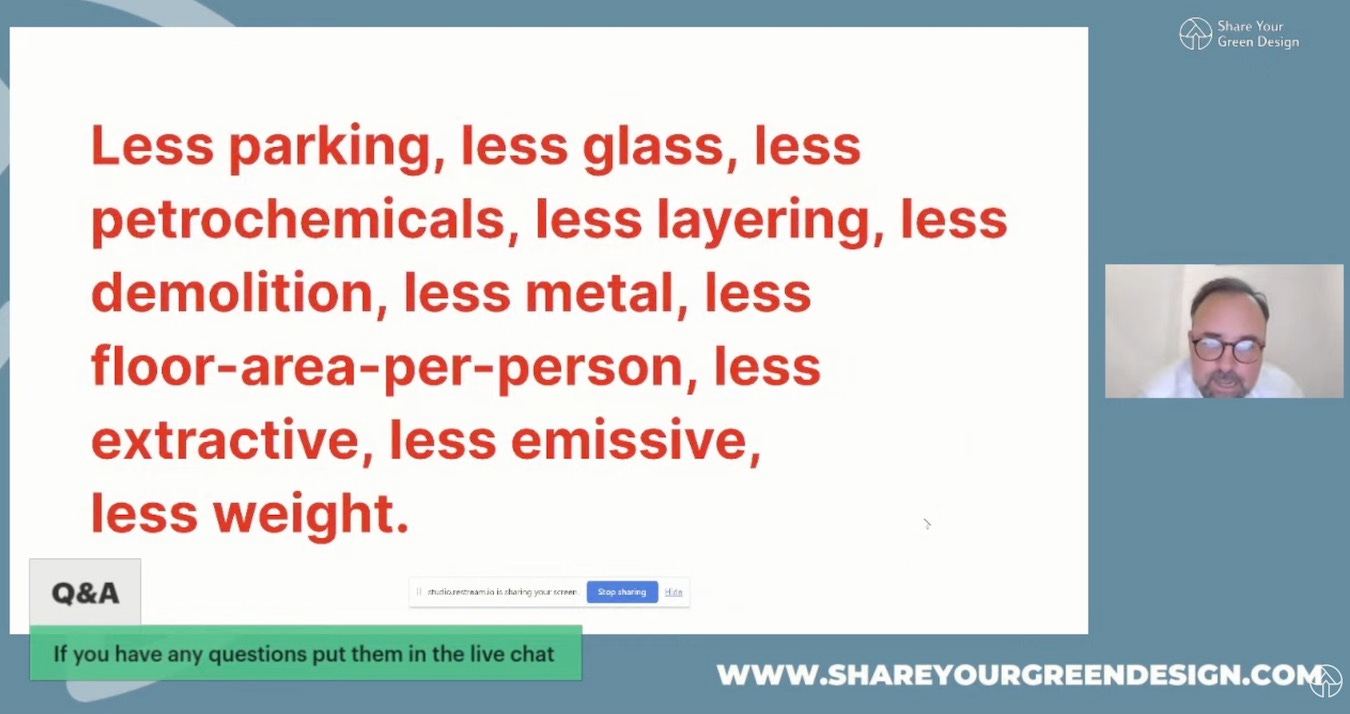
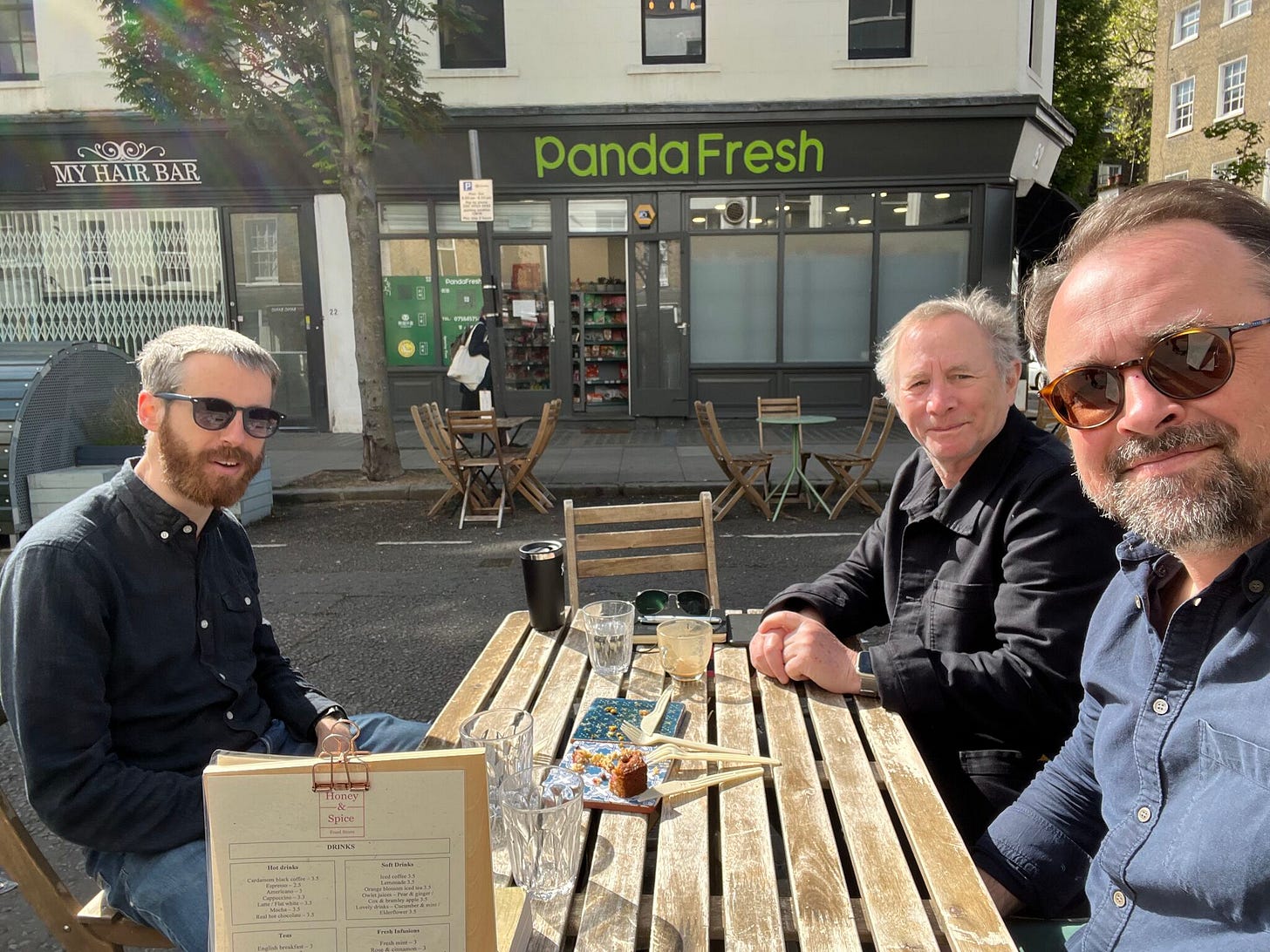
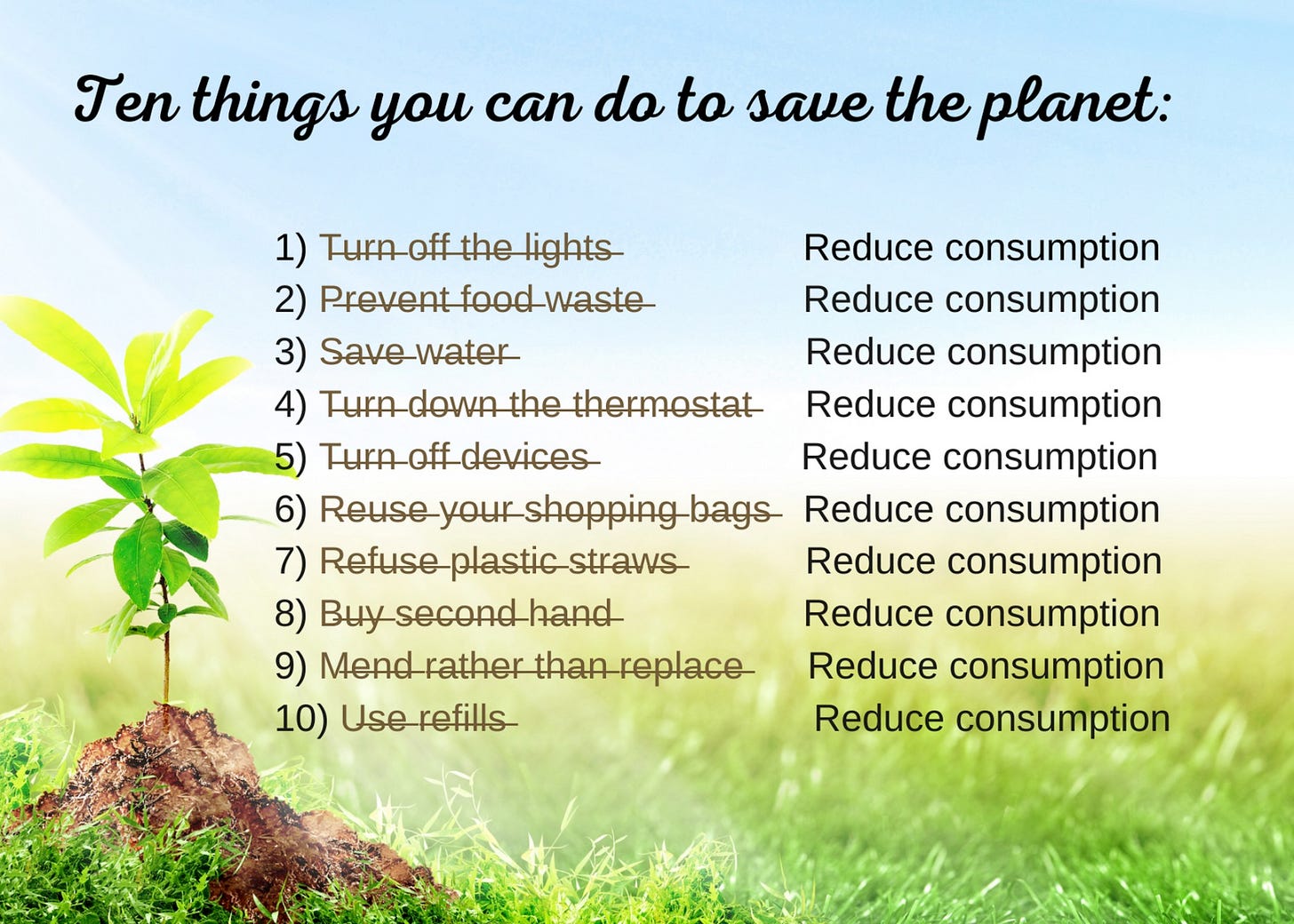
Well put. True costs include a wide range of social and environmental costs that are not addressed in climate change regulation. Health may be the most important factor -- yet neglected despite the trillion dollar costs.
I think you may enjoy my new book - here is chapter 1 of Accountability
https://works.bepress.com/david_a_bainbridge/75/
Chapter 6 is on the true cost of buildings. As you say - carbon and GHG emissions are just a part of the problem. Ecotoxicity of copper and zinc is rarely addressed. Biocides in asphalt shingles are also a problem.
My book Available June 14. epub soon.
Azby Brown's "Just Enough" is also a delight.
David A. Bainbridge
Associate Professor Sustainable Management
AIU retired 2010
www.sustainbilityleader.org passive solar, straw bale, planning, eco-restoration
Lloyd, I can see that a Kindle edition is expected, but will the book also be available in EPUB format?